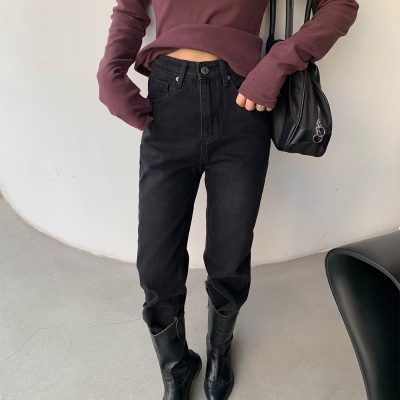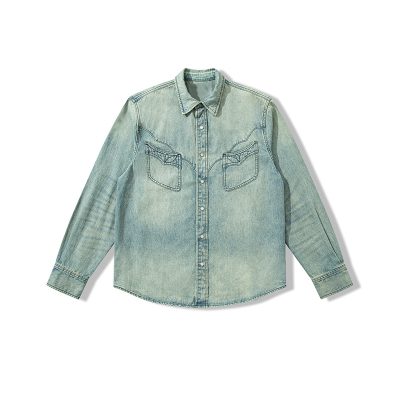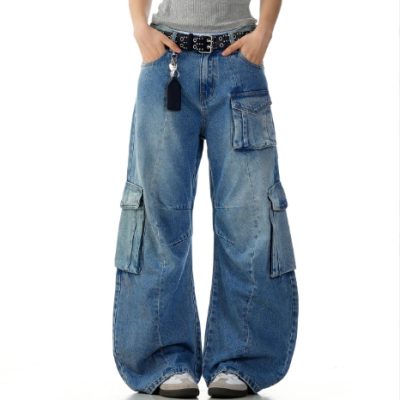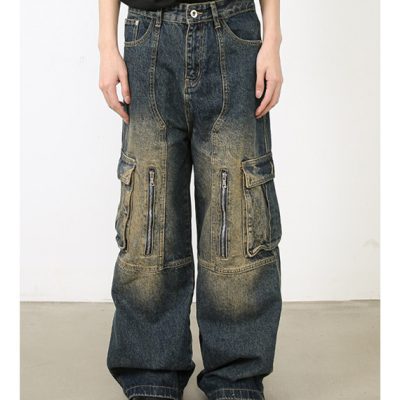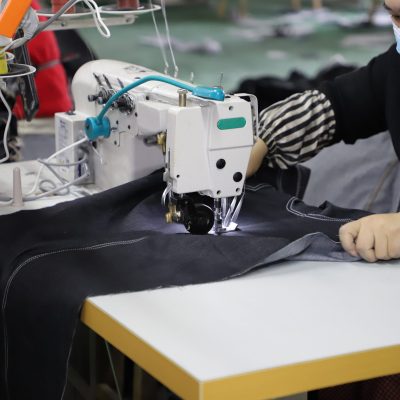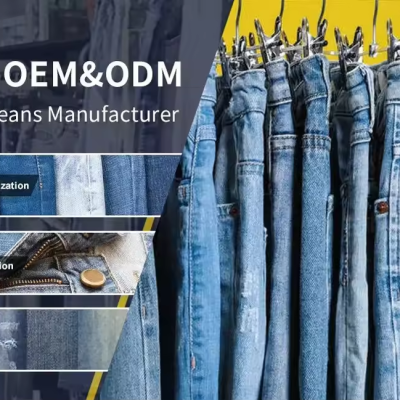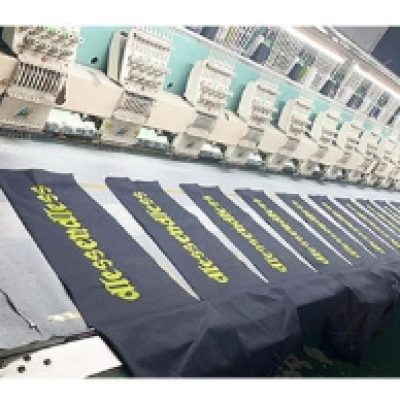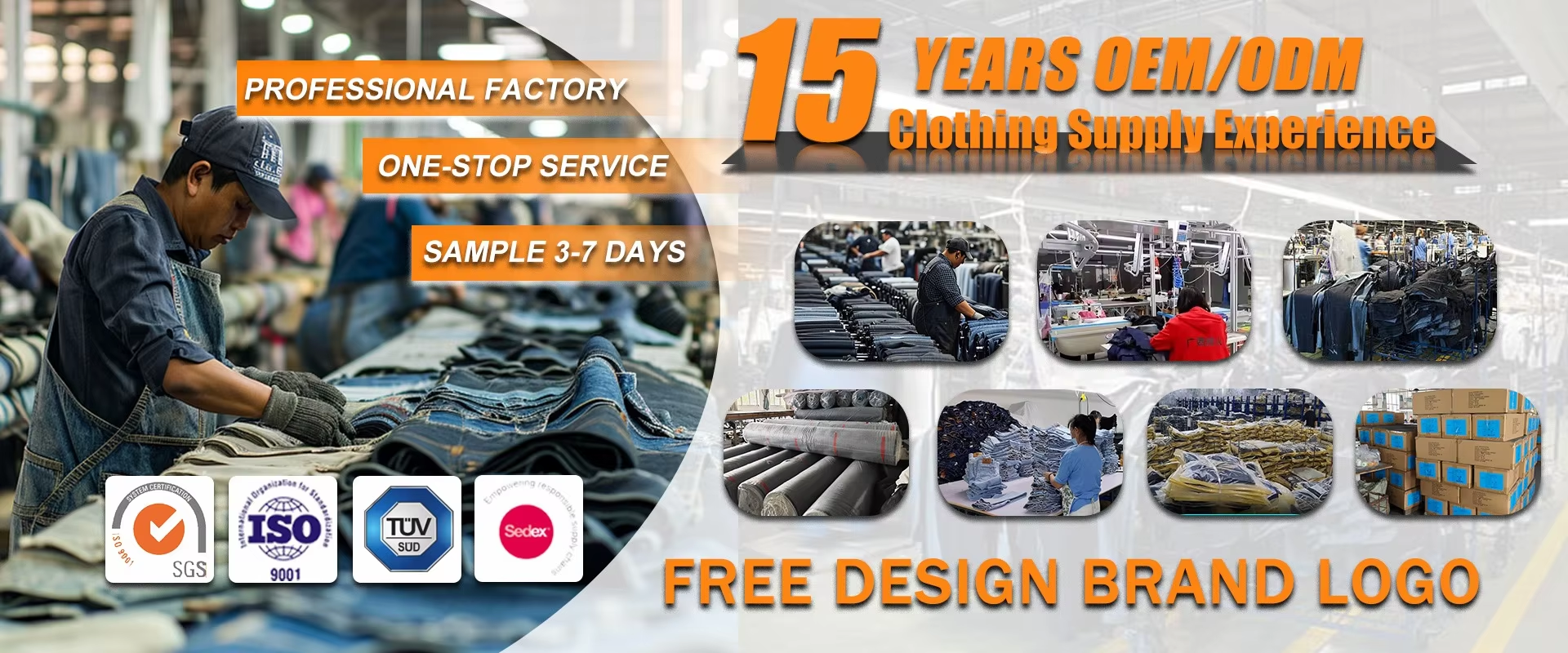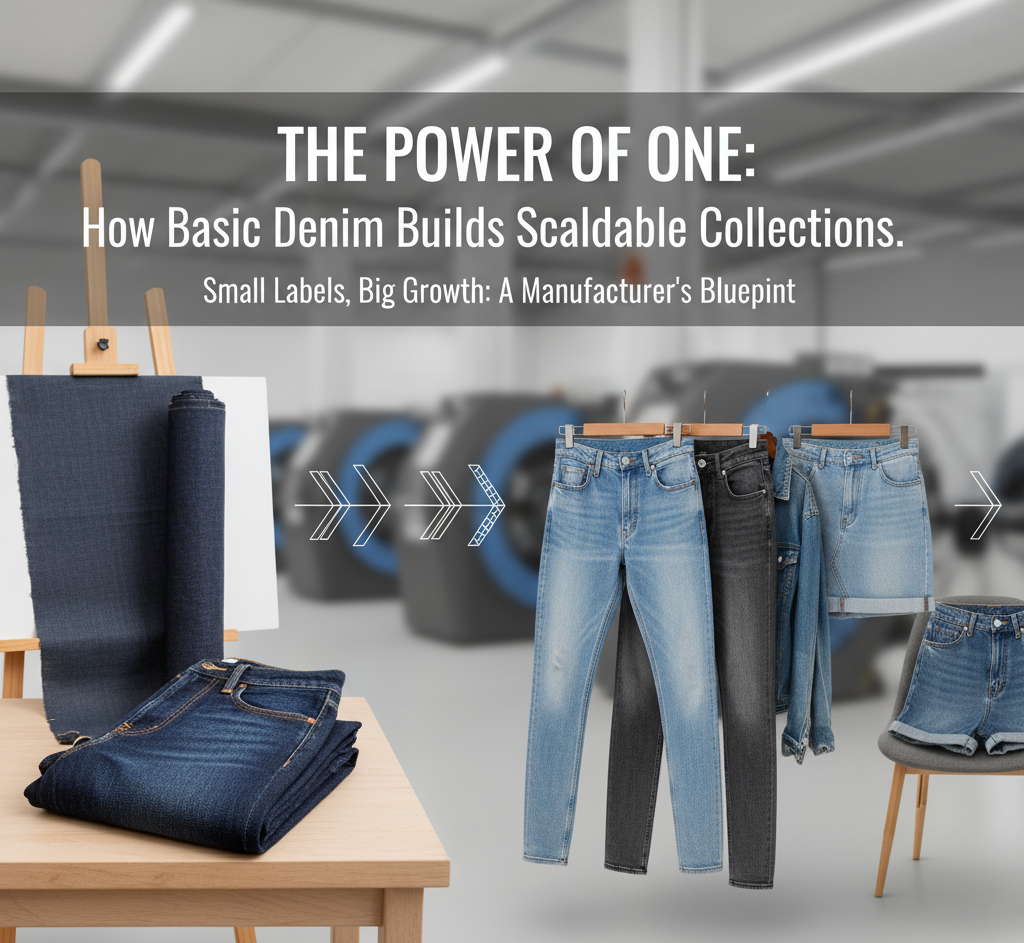
For a small or emerging fashion label, launching a new collection is both exciting and daunting. Budgets are tight, risks are high, and the pressure to create a diverse product line can feel overwhelming. Many brands believe they need a dozen different fabrics and complex designs to stand out. But what if the secret to a successful, scalable, and profitable launch lies in the opposite approach?
As a high-quality denim manufacturer, we’ve guided countless brands from a single idea to a full-fledged collection. The most successful startups don’t start with complexity. They start with a strong foundation: a single, high-quality basic denim.
This is your guide to turning one core fabric into a versatile and scalable collection that your customers will love.
The “Blank Canvas” Strategy: Why Basic Denim Wins
Think of a core denim fabric—a solid 12oz or 13oz raw selvedge or non-selvedge denim—as your blank canvas. By focusing your initial investment on one quality material, you gain several powerful advantages:
- Cost Efficiency: Purchasing one type of fabric in a larger quantity significantly reduces your cost per meter.
- Lower MOQs: It’s easier to meet a manufacturer’s Minimum Order Quantity (MOQ) for one fabric type rather than splitting your order across multiple materials.
- Consistency: Your collection will have a consistent feel and quality, building brand trust.
- Timeless Appeal: Classic denim never goes out of style, reducing the risk of being left with unsold, trend-driven inventory.
Step 1: Perfect the Core Silhouette
Before you think about variety, focus on one thing: a perfect fit. Your first goal is to create one or two core jean silhouettes that become your brand’s signature. Don’t try to offer every style at once. Start with a proven winner.
- The Classic Straight-Leg: A versatile, unisex fit that appeals to a broad audience.
- The Modern Slim-Fit: A contemporary staple that is always in demand.
- The Timeless “Mom Jean”: A high-waisted, relaxed fit that continues to dominate the market.
By perfecting one silhouette, you create a foundation. All the jeans in your initial collection will be cut from the same pattern, streamlining production and ensuring a consistent fit that your customers can rely on.
Step 2: Create Variety with Washes and Finishes
This is where the magic happens. Using your single core silhouette, you can create a full range of products simply by changing the wash and finishing process. A skilled manufacturing partner can transform the same raw denim into completely different products.
Here’s a sample collection built from one jean style:
- The Raw/Rinse Wash: A deep, dark indigo jean for the denim purist. It’s the cleanest look and the most affordable to produce.
- The Medium Vintage Wash: A classic, mid-blue jean with light sanding on the thighs for a slightly worn-in look. This is your everyday bestseller.
- The Light Stone Wash: A pale, sky-blue jean perfect for summer collections or a more relaxed, ’90s aesthetic.
- The Faded Black/Grey Wash: By using a black denim base, you can offer a sleek, versatile alternative to blue jeans.
Suddenly, you have four distinct products, each with a different mood and customer, all built from the same cost-effective foundation.
Step 3: Differentiate with Details (The 10% that Matters)
With your fits and washes established, the final layer of brand identity comes from the details. These small, relatively inexpensive elements make a garment uniquely yours.
- Hardware: Choose custom-branded buttons and rivets. Will you use classic copper, sleek silver, or modern matte black?
- Stitching: A classic gold or orange contrast stitch screams heritage. A tonal (matching) stitch offers a more minimalist, modern look.
- The Back Patch: This is your brand’s signature. Choose from traditional leather, vegan-friendly Jacron paper, or even embossed fabric.
- Pocket Design: A unique arcuate (the decorative stitch on the back pocket) is a subtle but powerful branding tool that costs nothing extra in production.
These details require a one-time setup cost but add immense perceived value to each pair of jeans you produce, no matter the wash.
Step 4: Scaling Your Collection Intelligently
Once your core collection of jeans is successful, scaling becomes simple and low-risk. You can expand in two strategic directions:
- Add New Silhouettes: Introduce a new fit, like a wide-leg or a skinny jean, using the same washes and details you’ve already perfected.
- Add New Product Categories: Use your core denim fabric to create other items. A denim jacket, a denim skirt, or a pair of shorts cut from the same material instantly expands your collection while keeping your material sourcing simple.
Partnering with the Right Manufacturer is Key
This entire strategy hinges on having a manufacturing partner who understands the needs of a small brand. When searching for a partner, ask them about:
- Their experience with different wash techniques.
- Their sourcing capabilities for high-quality, consistent fabrics.
- Their options for custom hardware and patches.
- Their flexibility and guidance for brands looking to scale.
A great manufacturer is more than a supplier; they are a partner in your growth. They provide the expertise to help you build a beautiful, scalable collection on a smart budget.
Ready to build your brand’s foundational denim collection? [Contact Us Today] to discuss how our expertise in high-quality denim manufacturing can bring your vision to life.


